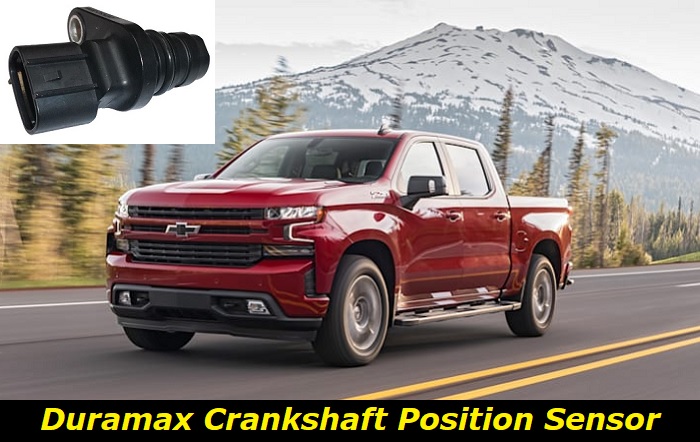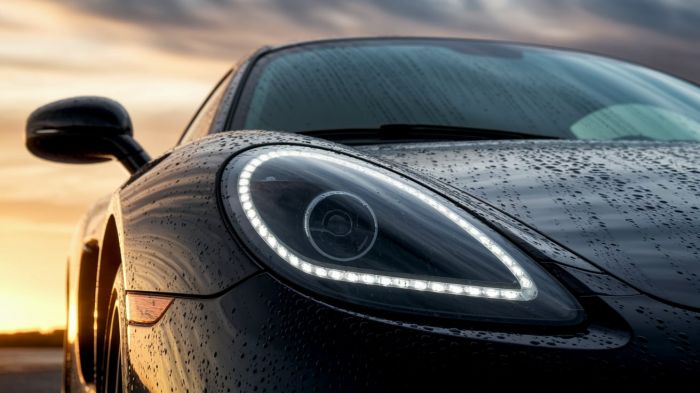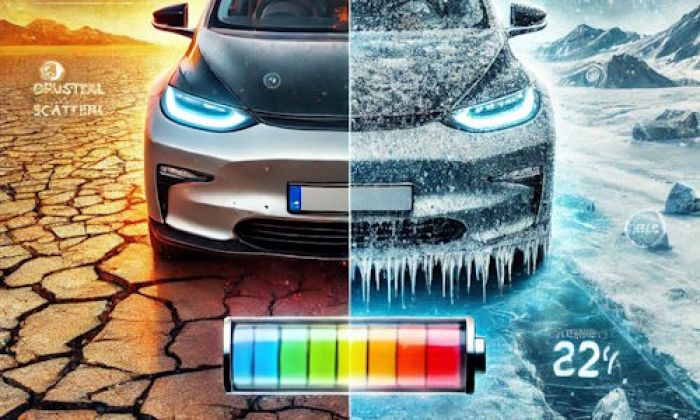The engine is the heart and soul of every vehicle; thus, it holds the utmost importance in its operations. In a sense, even the best-designed auto in the world ceases to be a vehicle once its engine is written off as it loses its primary function to transport people and goods. It is also one of the most sensitive components of your vehicle because even something as trivial as a misplaced or missing bolt can bring about plenty of repercussions, especially in the long run.
Key features and my opinion about the engine
- Production years:2016-2022
- Average lifespan of LWN:190,000-220,000 miles
- Fuel supply type:Common Rail
- Power range:181 hp
- Fuel efficiency:good
- Engine block material:cast-iron
- Engine reliability score:medium
- The most common problems:turbocharger problems, fuel pump issues, problems with towing, minor issues.

What Does the Crankshaft Do?
Crankshafts are one of the most important components of an engine. Their primary function is to turn the pistons, which in turn drive the car's wheels. The crankshaft also helps to transfer power from the engine to the transmission.
For an engine to run smoothly, the crankshaft must be well-designed and well-made to last within the vehicle's lifetime.
There are two types of crankshafts: cast and forged. Cast crankshafts, such as the ones used by Duramax engines, are made by pouring molten metal into a mold. Forged crankshafts are made by pounding and shaping metal into the desired shape. Forged crankshafts are stronger and more durable than cast crankshafts, but they are also more expensive.
Most crankshafts are made from either cast iron or steel. Some high-performance crankshafts are made from lighter materials such as aluminum or titanium.
The main bearings of a crankshaft are what allow it to rotate smoothly. The bearings must be properly sized and positioned for the crankshaft to work properly.
The connecting rods of an engine are also attached to the crankshaft. The connecting rods convert the up-and-down motion of the pistons into the rotational motion that turns the wheels.
How Does the Duramax Crankshaft Position Sensor Work?
The Duramax crankshaft position sensor is a vital component of your engine, and it plays an important role in the proper functioning of your vehicle. This sensor is responsible for monitoring the position of the crankshaft, and it sends signals to the engine control unit (ECU) so that the ECU can properly adjust the ignition timing.
If the Duramax crankshaft position sensor fails, it can cause several problems, including engine misfires, poor fuel economy, and stalling. In many cases, a failed Duramax crankshaft position sensor can also cause the "check engine" light to illuminate on your dash.
If you're experiencing any of these problems, it's important to have your vehicle diagnosed by a professional mechanic so that they can replace the failed sensor. Doing so will ensure that your engine runs smoothly and efficiently.
Things that May Happen with a Bad Duramax Crankshaft Position Sensor
If the Duramax crankshaft position sensor goes bad, it can have some pretty serious repercussions for your vehicle. The most obvious symptom of a bad sensor is that the engine will simply refuse to start, but other potential problems can crop up as well.
A bad sensor can cause the engine to run erratically and can trigger the other symptoms mentioned in the preceding section. In some cases, a failing sensor can even lead to engine damage.
If the crankshaft position sensor fails, it can also cause problems with the crankshaft itself. If the sensor isn't sending accurate signals to the engine, it can force the crankshaft to spin at the wrong speed or in the wrong direction. This can lead to serious and expensive damage to the engine.
If you suspect that your Duramax crankshaft position sensor is going bad, it's important to have it checked out by a professional as soon as possible. Ignoring the problem could end up costing you a lot of money in repairs down the road.
Diagnosing the Possible Causes of the Problem
There are a few possible causes of a bad Duramax crankshaft position sensor. One of the most common causes is a failing or drained battery. If the battery isn't providing enough power to the sensor, it can result in all sorts of problems.
Another common cause is a failing or failed alternator. If the alternator isn't putting out enough power, it can also make the sensor go haywire.
In some cases, the problem may be a faulty wiring harness. If there's any damage to the wiring harness, it can prevent the sensor from sending accurate signals to the engine.
If you're experiencing any of these problems with your Duramax crankshaft position sensor, it's important to take your vehicle in for repairs as soon as possible. Failing to do so could result in expensive engine damage.
What can you do with a broken sensor in the Duramax?
If the sensor is only dirty, you can try to clean it yourself. The easiest way to do this is to use a can of compressed air. Just spray the air into the hole on the sensor until it's clean. You may also want to try spraying some WD-40 or another type of lubricant into the hole. This can help keep the dirt and dust from building up in there.
If the wiring harness or the sensor itself is damaged, you will need to replace the fouled part. This can be a difficult and risky job because it will involve dealing with the electrical components of your vehicle, so it's best to have a professional do it for you.
If the crankshaft itself is already damaged due to a failure to address the sensor issues at their onset, then that's definitely bad news for you. A damaged crankshaft can spur plenty of other issues in the other parts of your engine.
Among the directly affected are the bearings, piston rods, and connecting rods, which can further result in a chain reaction to the rest of your engine.
Therefore, the solution for this worst-case scenario event is not as straightforward as taking out and replacing the crankshaft alone. Well, you could probably get away with a simple recalibration if the problem only stems from adjustment issues and the trouble is just starting to manifest.
However, in most instances wherein the problem has already been ignored for a long time, your engine will have to be rebuilt or replaced entirely, depending on what's the most economical and effective solution for you.
For better means of evaluating the extent of the problem, it is always best to take your vehicle to a qualified mechanic or an authorized service center near you as they are better equipped to properly diagnose the nature of the issue and are well-trained in handling such problems.
Ways to Keep Your Duramax Crankshaft and Its Sensor Functioning at Their Best
If you have a Duramax crankshaft in your car, it's important to keep it well-maintained to save you a lot of troubles along the way. Here are some tips on how to do that:
- Check the oil level and quality regularly and change it according to the manufacturer's recommendations. This will help keep the crankshaft lubricated and prevent wear and tear.
- Inspect the crankshaft regularly for any signs of damage or wear. If you notice any problems, take the car to a mechanic to have it checked out.
- Keep the crankshaft sensor clean and free of debris. This will help ensure that it works properly and lasts longer.
- Make sure the engine is properly tuned and that all the hoses and belts are in good condition. This will help reduce wear and tear on the crankshaft.
- Avoid frequently driving the auto in extreme conditions, such as over rough terrain or in very hot or cold weather. This can damage the crankshaft and sensor.
- Have the car inspected regularly by a qualified mechanic to make sure everything is working properly.
By following these quick and easy maintenance routines, you can ensure the proper and lasting operation of your Duramax crankshaft sensor as well as the crankshaft itself.
Conclusions
By now, we hope that you have a better idea of how your Duramax crankshaft position sensor plays a very integral part in the overall wellness of your vehicle. The failure of the sensor will not only trigger minor annoyances as you drive your auto, but it has the tenacity to also branch out into more complicated electrical and engine problems if left unchecked.
With that, make sure to keep the component well-maintained by addressing any problems that you may encounter with it, and always have the job done by professional mechanics to ensure that the proper work is done and to save you from all the trouble along the way.
About the authors
The CarAraC research team is composed of seasoned auto mechanics and automotive industry professionals, including individuals with advanced degrees and certifications in their field. Our team members boast prestigious credentials, reflecting their extensive knowledge and skills. These qualifications include: IMI: Institute of the Motor Industry, ASE-Certified Master Automobile Technicians; Coventry University, Graduate of MA in Automotive Journalism; Politecnico di Torino, Italy, MS Automotive Engineering; Ss. Cyril and Methodius University in Skopje, Mechanical University in Skopje; TOC Automotive College; DHA Suffa University, Department of Mechanical Engineering






Add comment